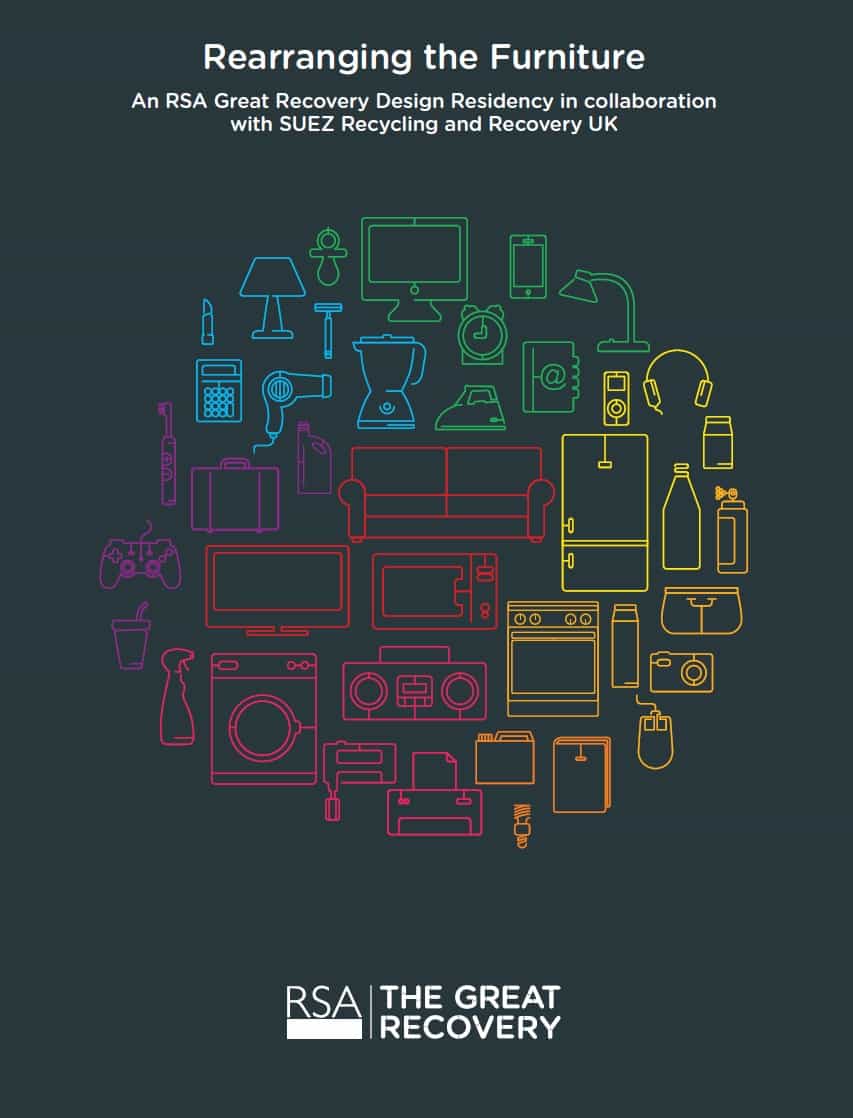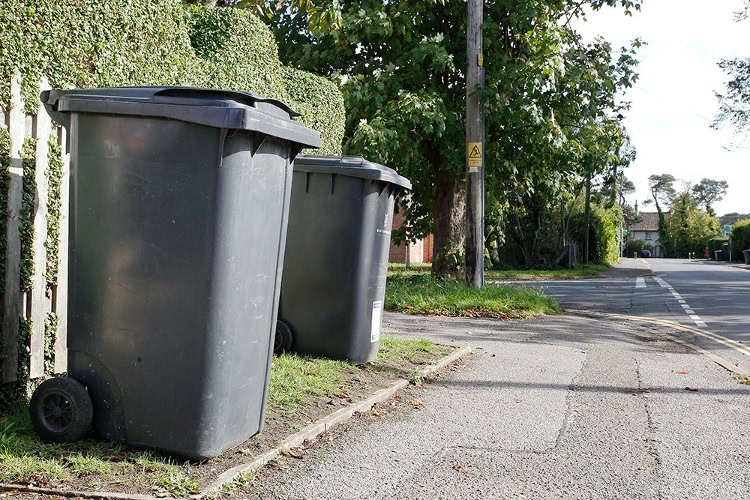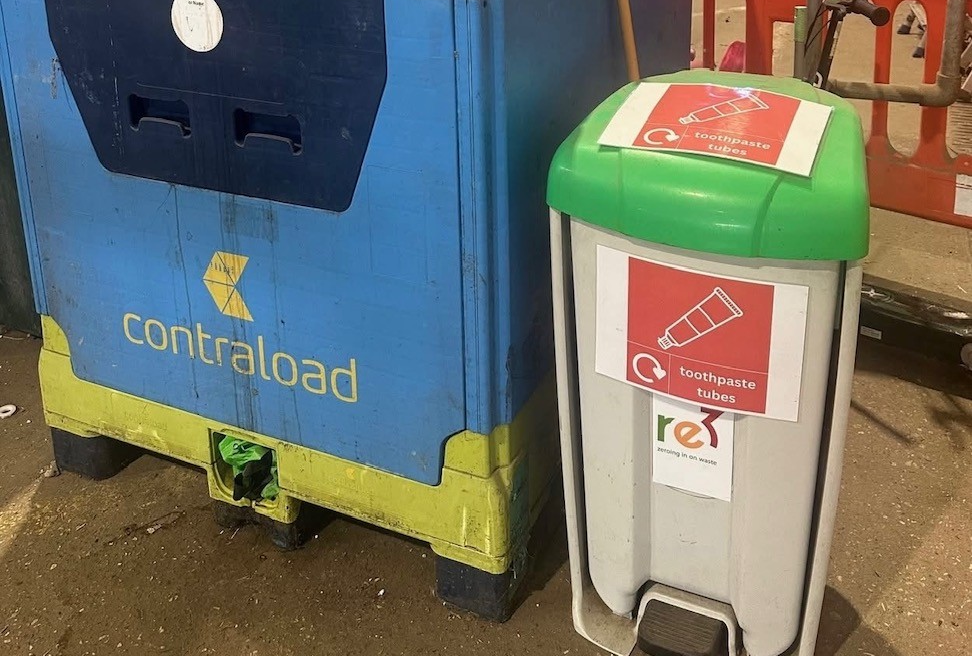
Published today (September 10) as part of the RSA’s (Royal Society of the Encouragement of Arts, Manufactures and Commerce) Great Recovery Project, the report estimates that 1.6 million tonnes of bulky waste is thrown away each year, of which half is in a good condition to be reused.
Only 15% of bulky waste in the UK, largely furniture, is recycled or reused at present, the report argues, yet more than double this proportion – 32% – is in fact completely reusable in its current state, rising to 51% if ‘slight repairs are taken into account’.
As a result, the report recommends a continued incremental increase in landfill tax, with revenues used to fund re-use collection and waste prevention services, and calls for the government to “eventually introduce a future ban on landfill for bulky waste”.
Manufacturers
The ‘Rearranging the Furniture’ report also recommends increased resource efficiency through reusing old products. And, claiming that 80% of the environmental impact of everyday products is built in at the design stage, it calls for manufacturers to take more responsibility for their product’s lifecycle.
Suggestions include manufacturers receiving goods back once the customer has finished with them, or contributing towards the cost of a product’s repair.
Furthermore, it suggests that a “simple change” to the way fire labels are stitched or stamped onto furniture could “dramatically reduce the numbers of sofas and chairs that end up in land-fill sites across the UK”.
RSA’s researchers found that each year reuse and recycling companies are forced to landfill thousands of tonnes of sofas rather than reuse them. This is because sofas’ regulation fire labels have been cut off by the previous owner as they are “often deemed annoying or unsightly”.

However, the report also warns that there is “no point in merely changing the design of a single product” unless the UK’s wider recycling and reuse systems “take account of actual products, materials and behaviours that flow through it”.
It recommends that the recycling industry consider incentives for site staff to sort and recover materials, and to prioritise re-use over recycling through bonus schemes.
Local authorities
According to WRAP (Waste and Resources Action Programme) figures cited in the report, around 42% of bulky waste is furniture, with the rest mostly comprised of textile (19% including mattresses) and electrical or electronic (19%) waste, much of which is collected from households by local authorities.
However, RSA researchers found that some councils do not currently insure their bulky waste collection drivers to enter residents’ homes, so furniture is often left outside, leaving it open to weather damage or vandalism.
[testimonial id = “277” align=”right”]
Local authorities therefore “have an important role to play” and should aim to become “resource returners” rather than “waste managers” and look to train and insure their own drivers.
The report also highlights the costs of transporting bulky waste as a “very real issue” for councils, businesses and charities, meaning it can be cheaper to landfill rather than reuse or recycle.
Meanwhile, the cost of collection for bulky items can reach £30-60 per item, which in poorer areas in particular can lead to fly tipping. Or, bulky items are often chopped up to fit in a car, which loses an item’s reuse value.
Suez
Commenting on the report, Suez Recycling and Recovery UK chief executive David Palmer-Jones, said: “Despite sitting above recycling in the waste hierarchy, reuse does not get nearly the same attention as recycling does. The opportunities to make more of the products we discard are huge – but it needs a concerted and coordinated push from product designers, policymakers and waste management service providers. Our work with The Great Recovery team at the RSA shows that relatively minor changes in the way in which we design and handle our household products can make the difference between consigning a discarded item for disposal, or retrieving it and giving it a second life.”
Craig Anderson, chief executive of the Furniture Re-use Network, said: “We’ve all seen, heard or read about those few really good and impactful re-use activities at waste sites but I often wonder what’s stopping all local authorities working on re-use. Local authorities who hold the keys to the gates to grant access to reusable furniture, are guided and restrained by recycling markets and targets, when we need them involved the re-use chain.
“One question that has been put to me recently is whether local authorities need to be involved in re-use and waste prevention at all. So when asked if waste prevention could be the sole responsibility of civil society and communities – I’d say possibly but not for free – we cannot subsidise reforms in the waste sector as well as welfare cuts. We need to explore the benefits of reuse and its savings to the public purse – and give guidance, as we have here with the Rearranging the Furniture report, to create the initiative.”









Subscribe for free